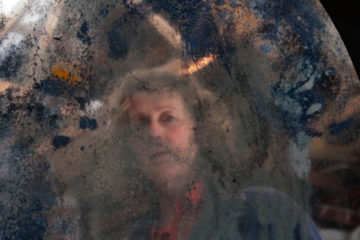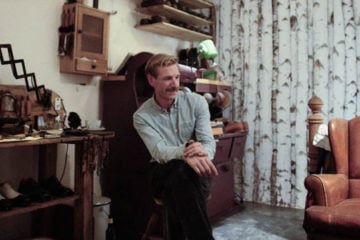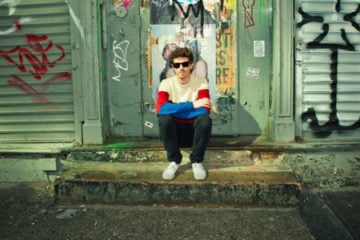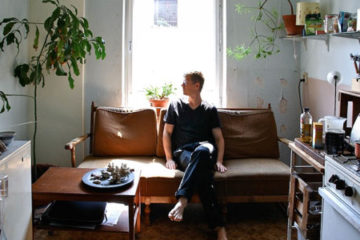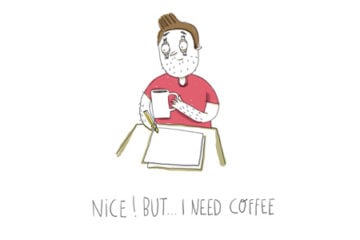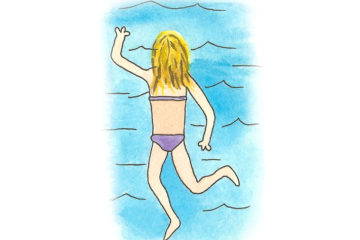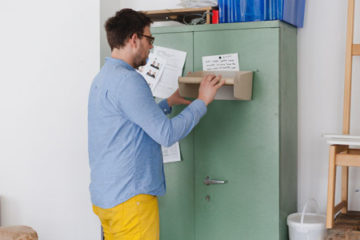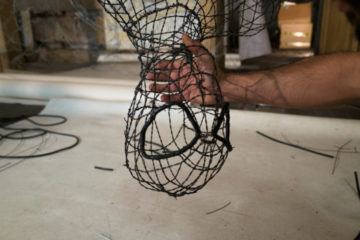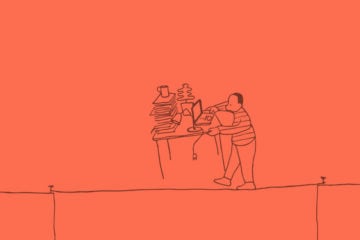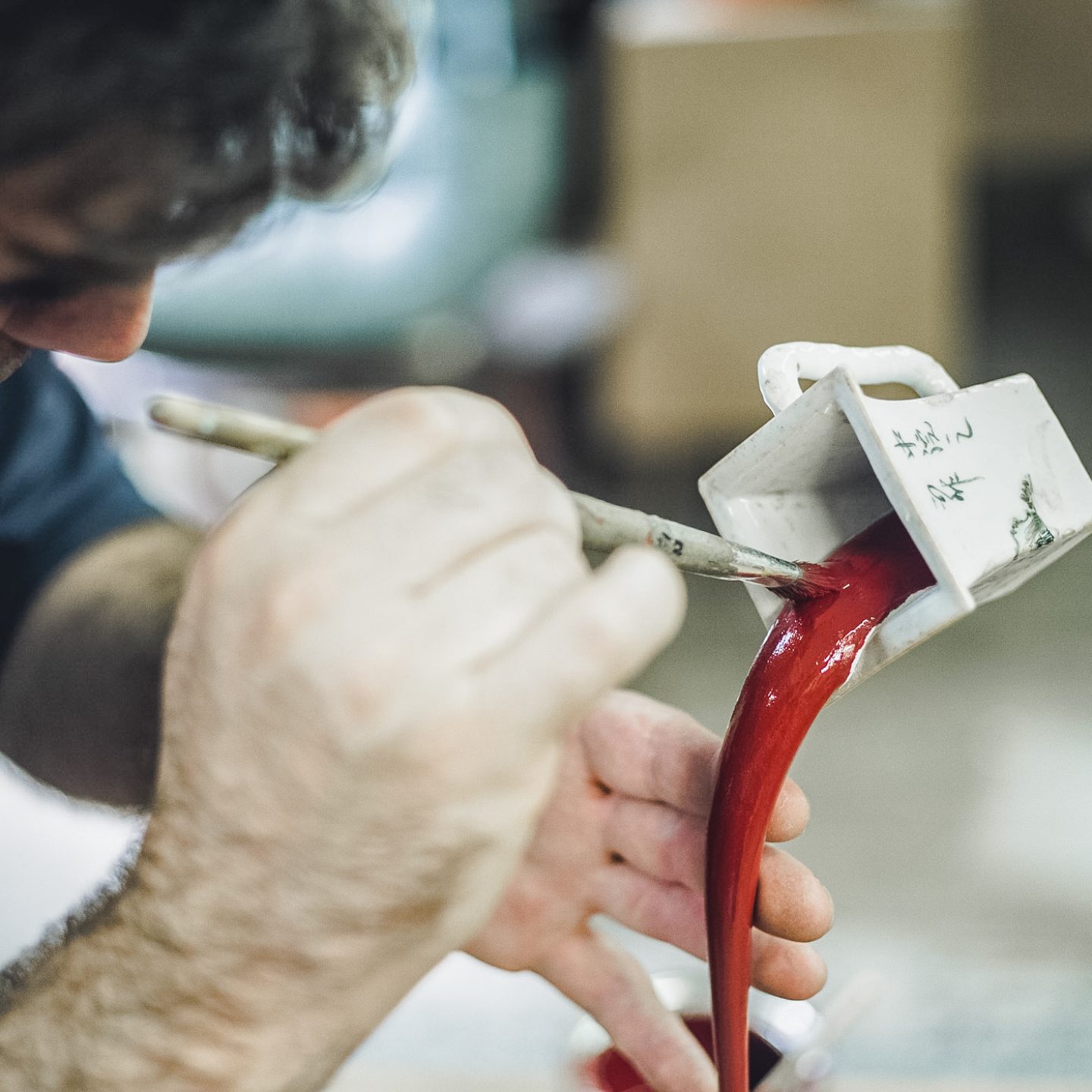
The Sculptural Interventions Of Markus Hofer
- Words
- Clara Renner
The Austrian artist Markus Hofer is known for creating interventions that alter the spatial situation working around cognitive dissonances. His work approaches subjects such as place, time and material leading the viewer to doubt the circumstances of reality.
Born in Haslach (Upper Austria), Hofer knew from early on that he wanted to become a sculptor so he attended studies in Linz and Berlin, before graduating from the University of Arts in Vienna, where he is currently based. Through his work the artist opens a different perception of reality letting the viewer experience a moment of irritation.We had the opportunity meeting Markus Hofer for an exclusive look around his studio and get a glimpse of the creative process behind his work…
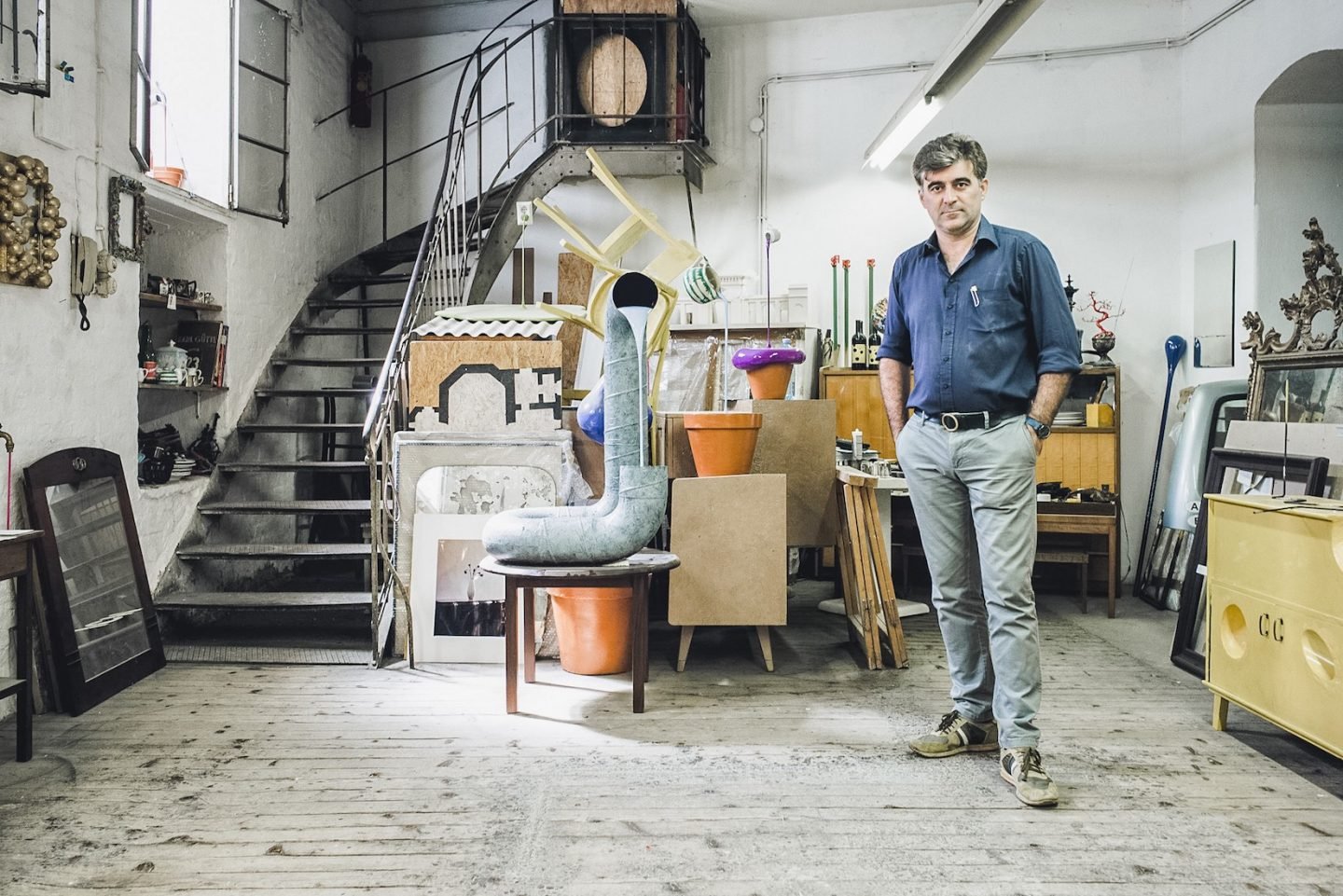
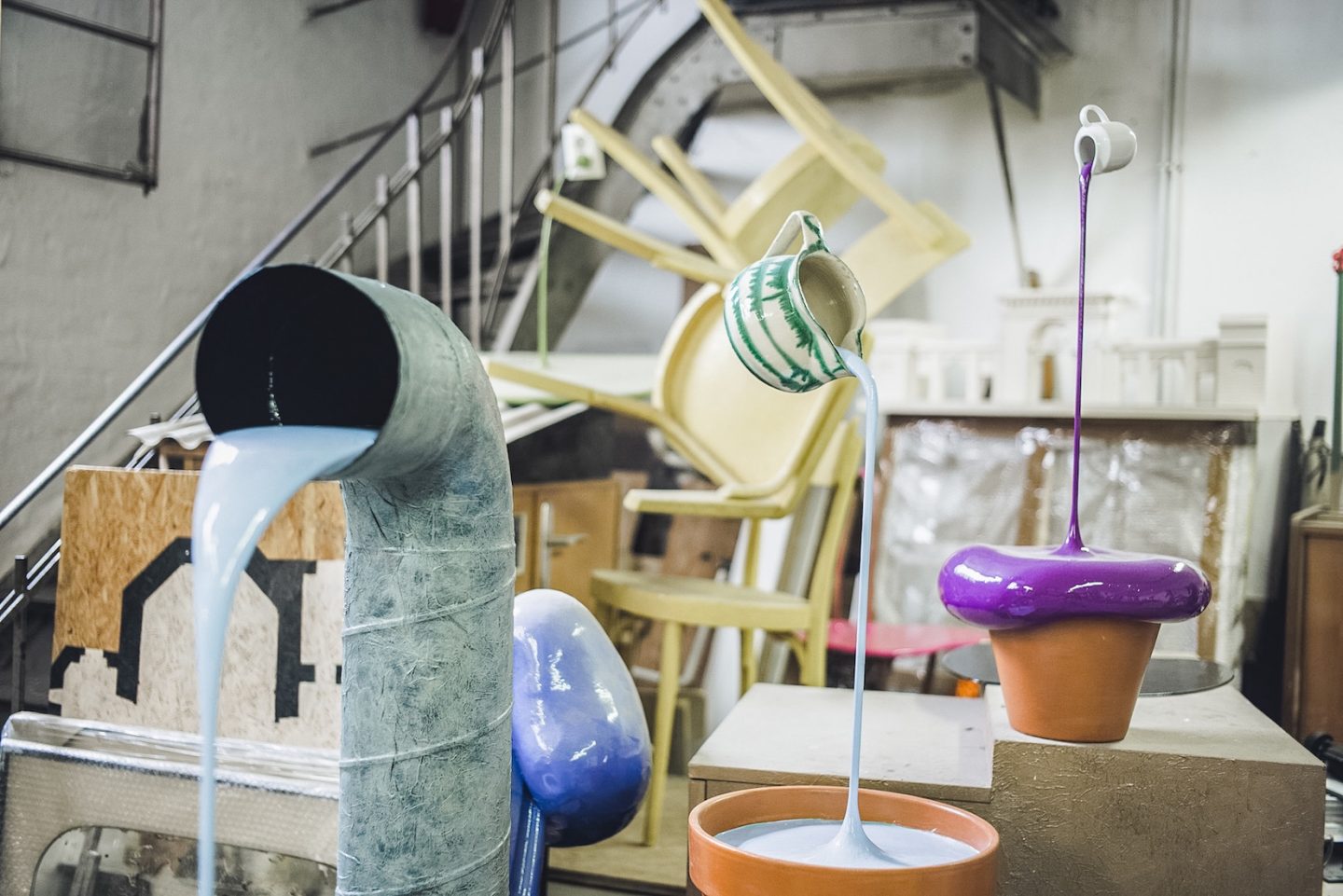
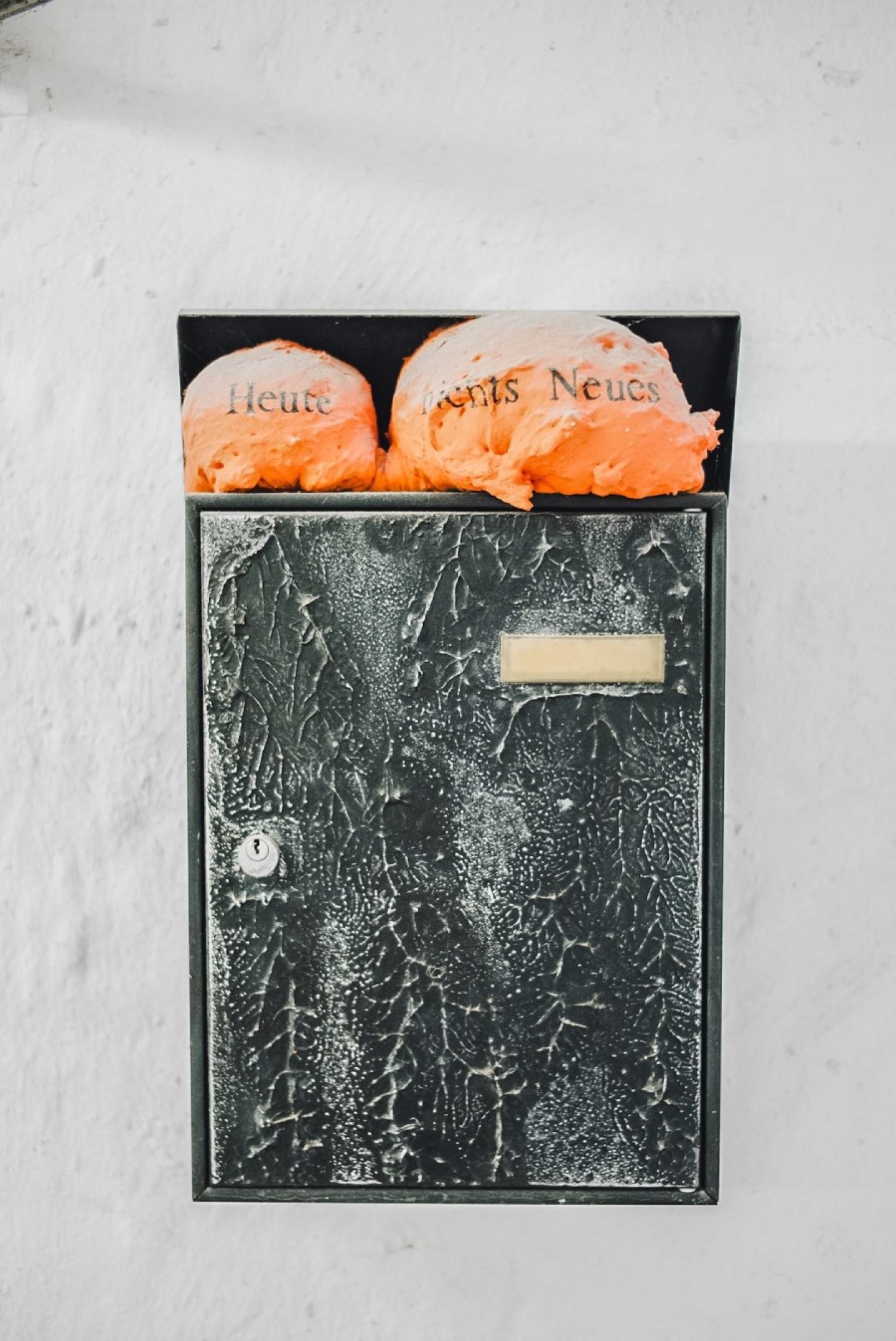
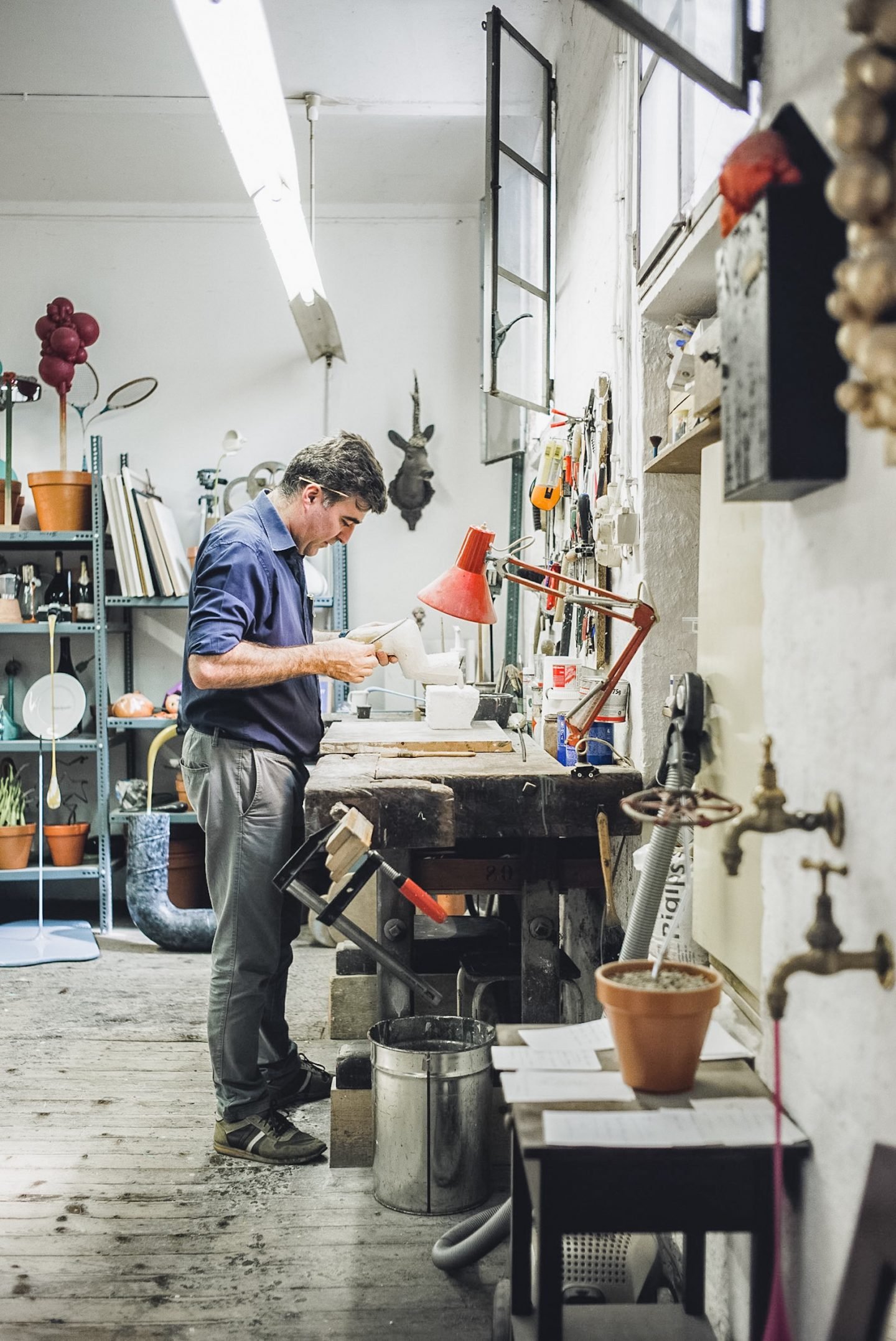
You’re best known for your interventionist sculptures. For those less familiar with your work, can you please introduce your artistic practice and focus?
Part of my work contains making short-term interventions in the public space, but also in private environments as well as galleries and museums. These are often objects specially designed for a location, which are then installed there and remain for an indefinite period of time. These interventions alter the spatial situation, often create irritation and direct the view of the unknown.
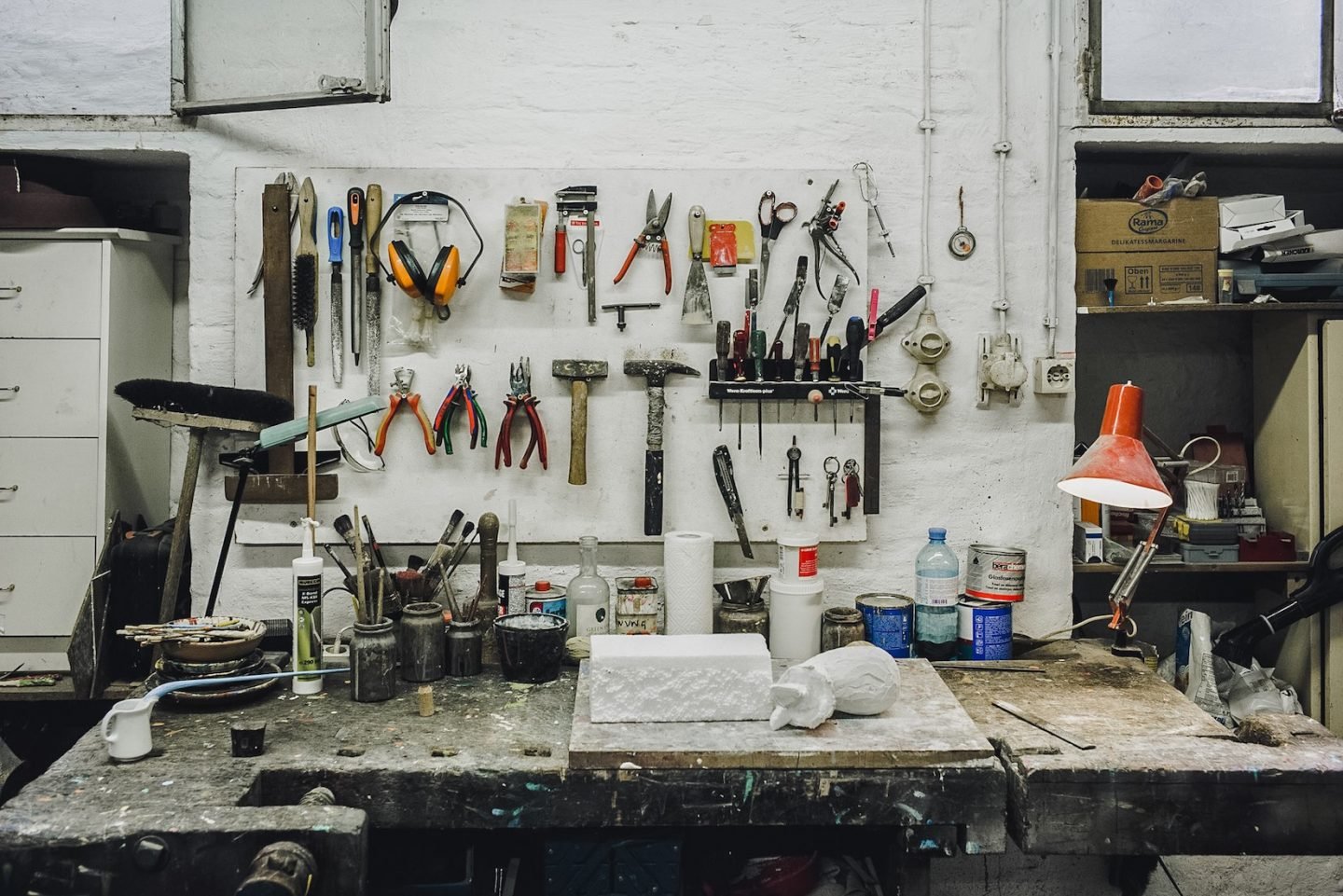
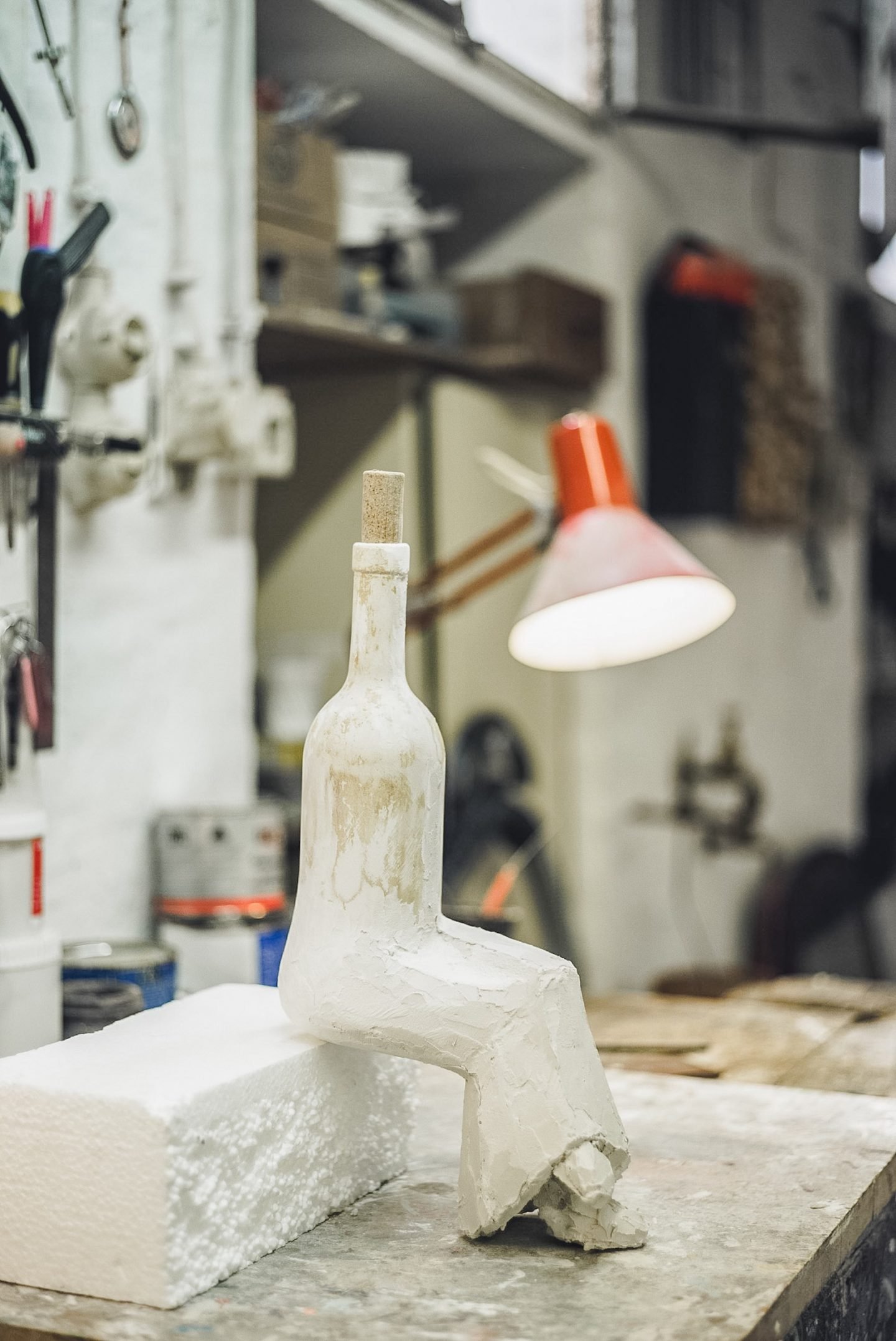
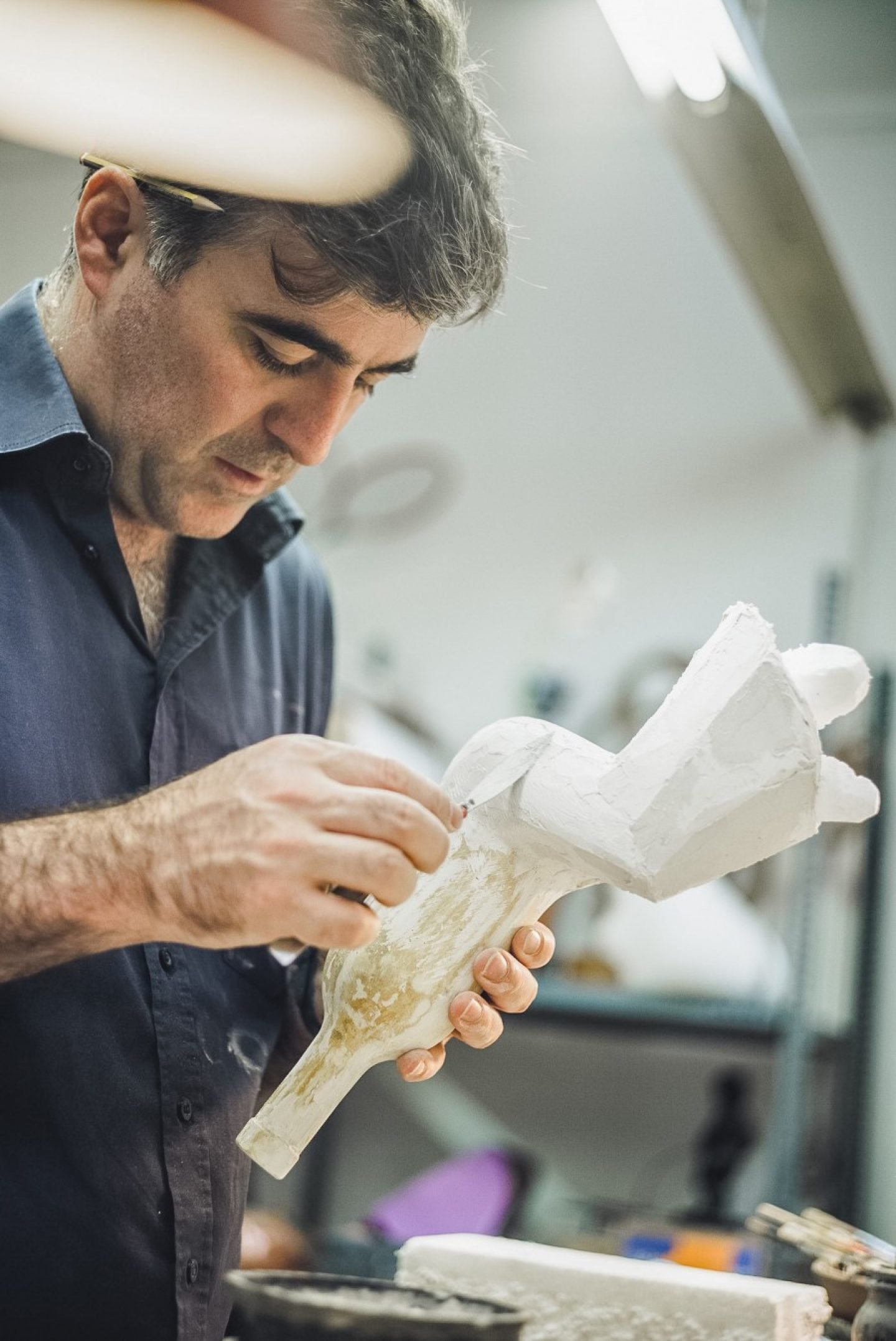
Your work is centered on cognitive dissonance: On challenging the viewer’s perception, and inviting a second glance. What kind of experience do you hope the viewer to have when they encounter one of your pieces?
It is, of course, quite difficult to judge how my work affects the viewer. I try not to think too much about it. I hope, however, that my interventions can at least change the view of the so-called reality for a brief moment. The question is how reality is constructed and who directs our perception. Of course it is of great interest to me, and I am happy if the viewers are able to ask these questions in the face of my work.
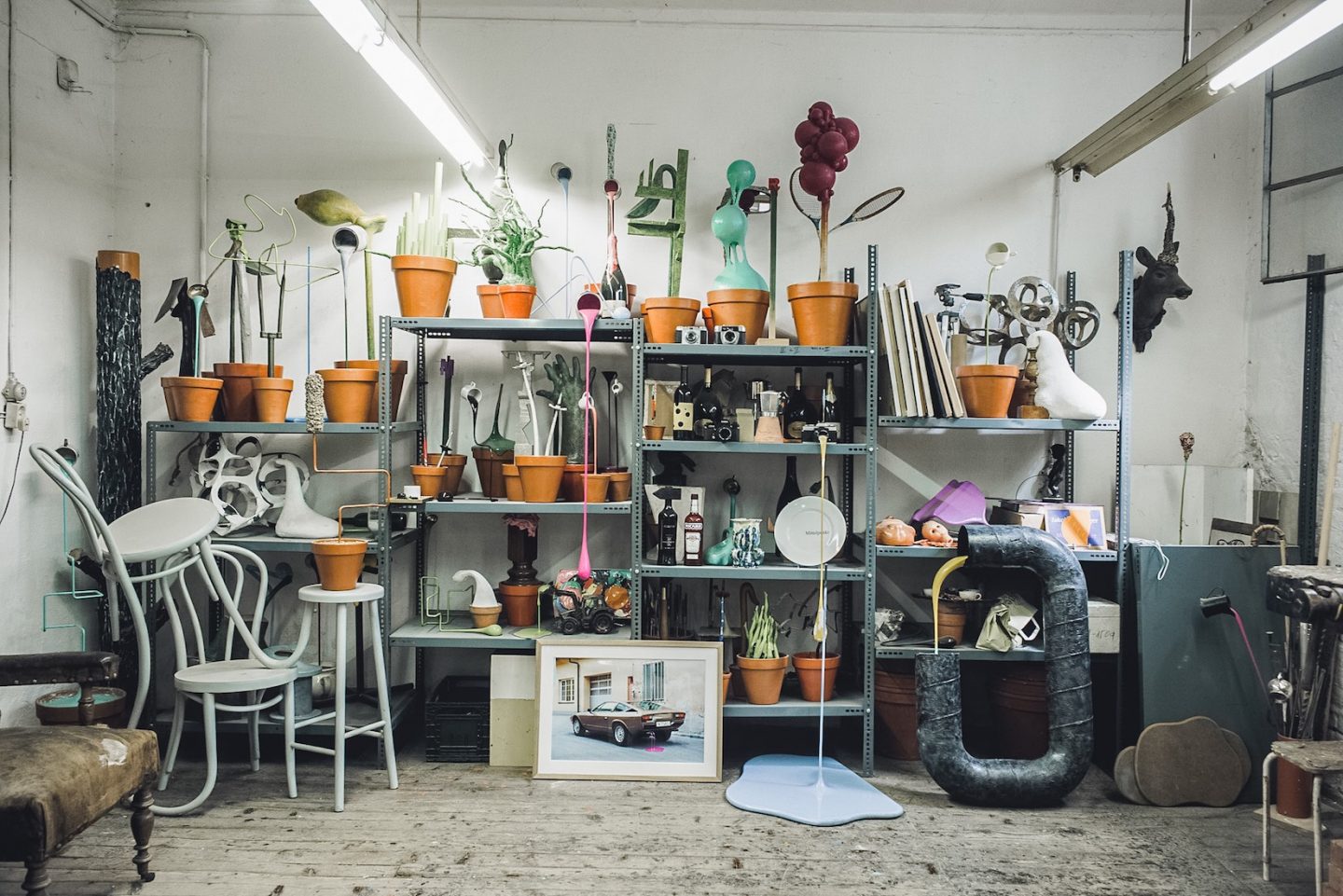
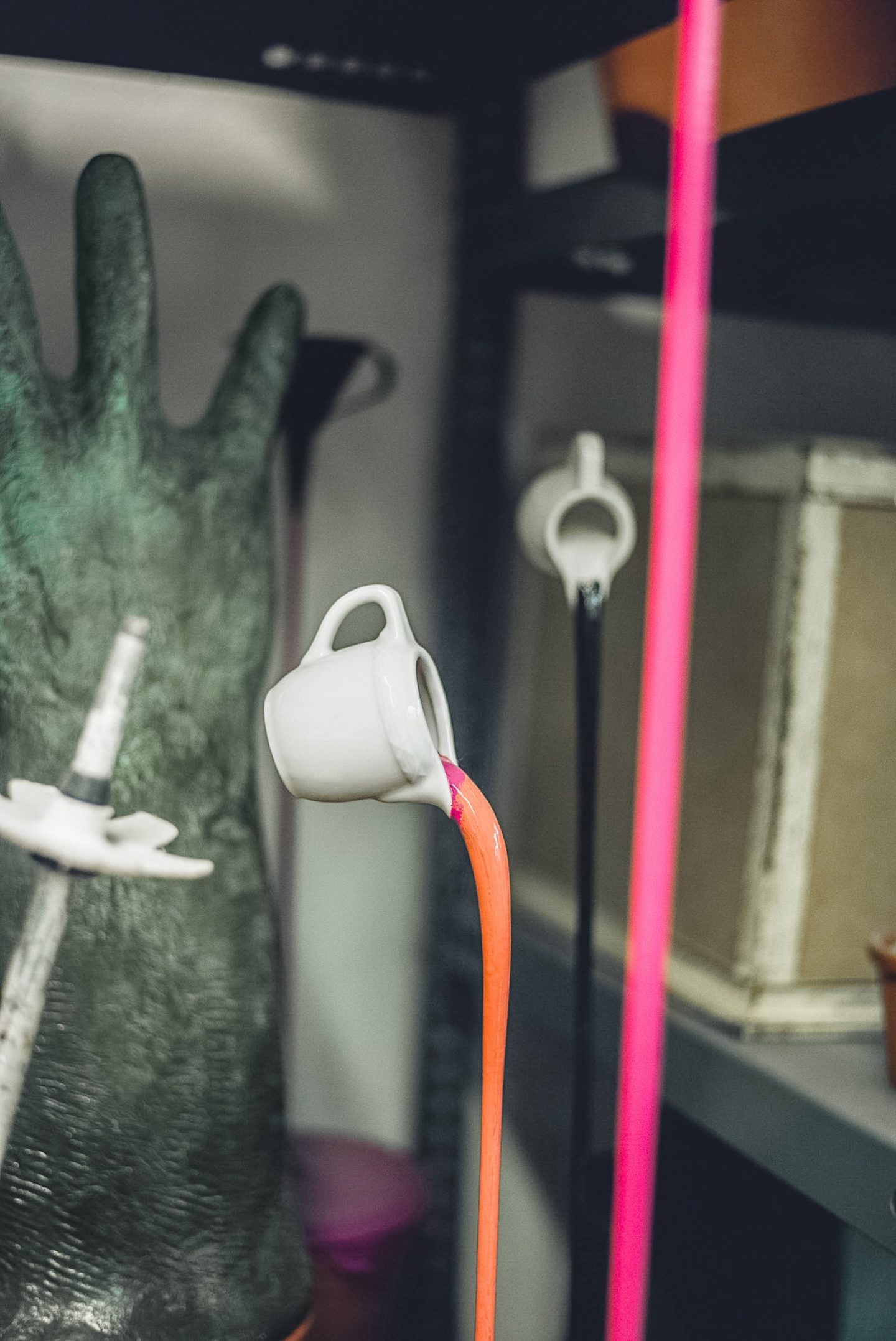
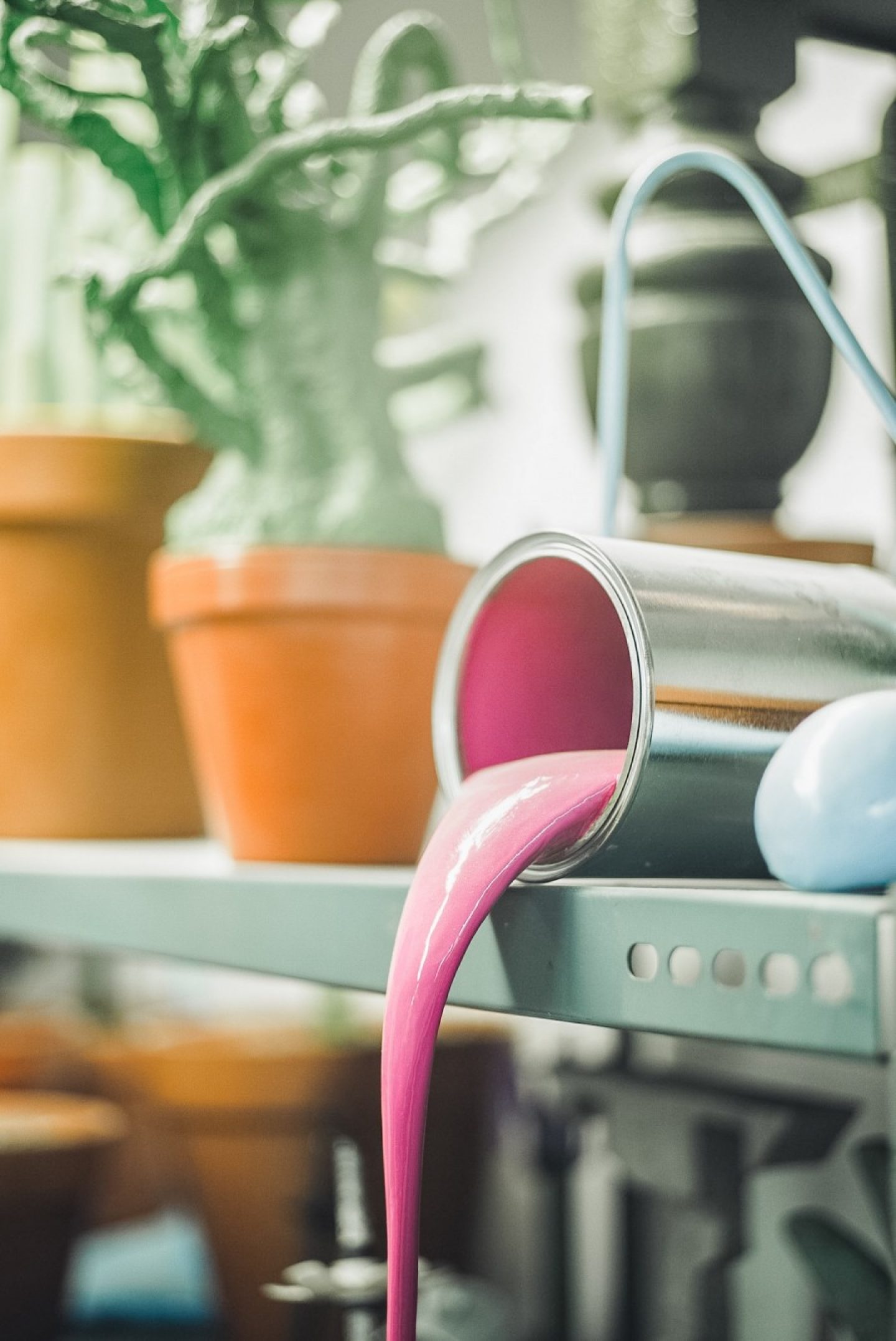
The basic premise of your works is deeply philosophical, calling into question the meaning of reality itself. Can you share some of the theoretical inspirations underlying your practice?
I assume that on the one hand there is something like a common reality and on the other a personal reality. Simply explained, I mean, for example, that everyone recognizes a chair as seating furniture, as he or she thinks about it and connects to a chair, can be very different. An everyday object is recognized as such, but has a completely new function. In my work I try to question these two realities, to dissolve them or to connect them. Example chair: I use chairs as starting materials for new sculptures, the chair is still recognizable, but not a chair for sitting. An everyday object is recognized as such, but has a completely new function. This is exactly how I work with words and meanings. When we use words like fried egg, freck or color photo, we do not necessarily think of mirrors or leaves or color drops. But when I make sculptures with these titles, I use exactly those objects for it. And then we first realized how our language and our reality are connected, and how we accept many things as given and do not question further. There are, of course, simple examples, but I find that these simple things are often the most obvious way to show our reality.
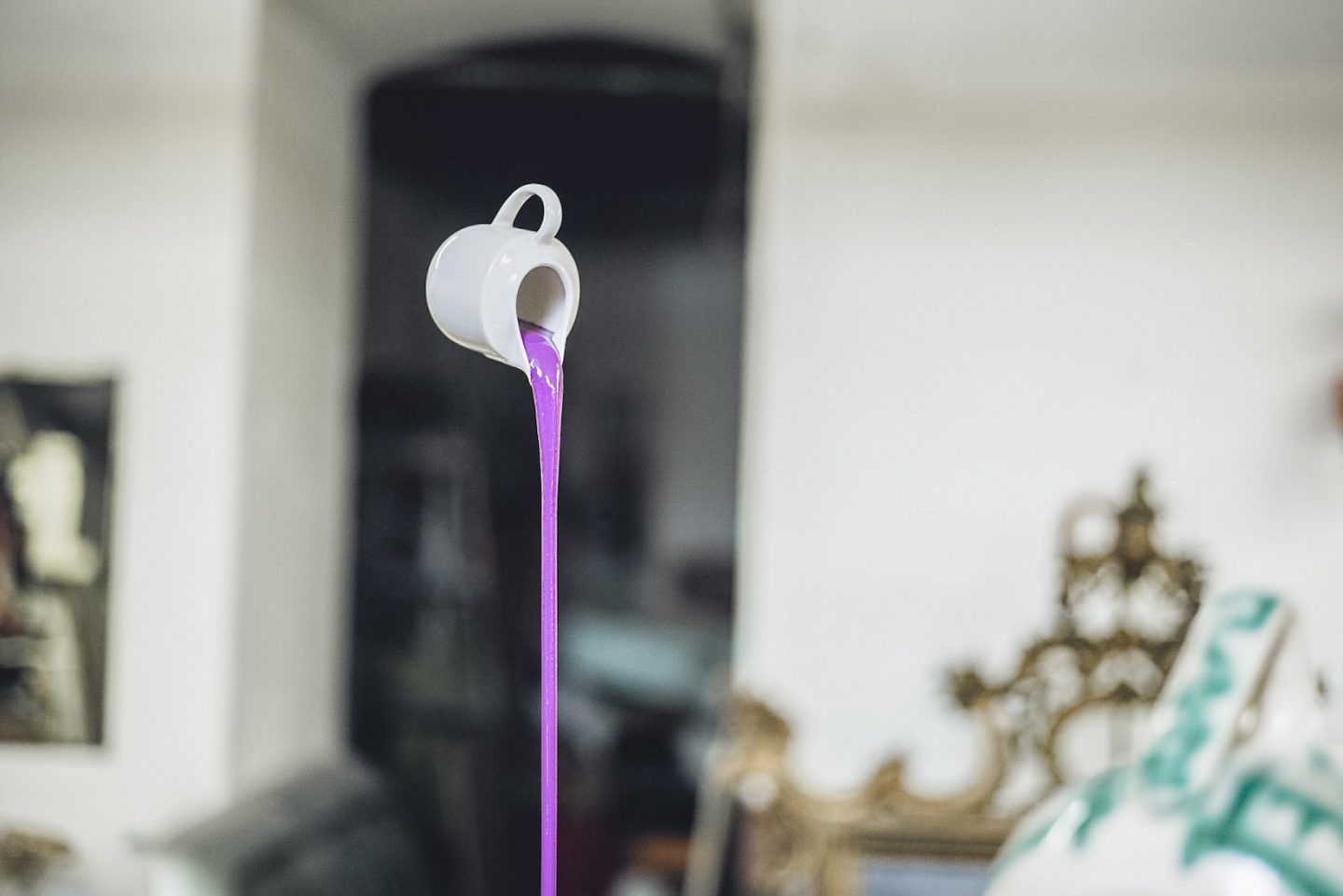
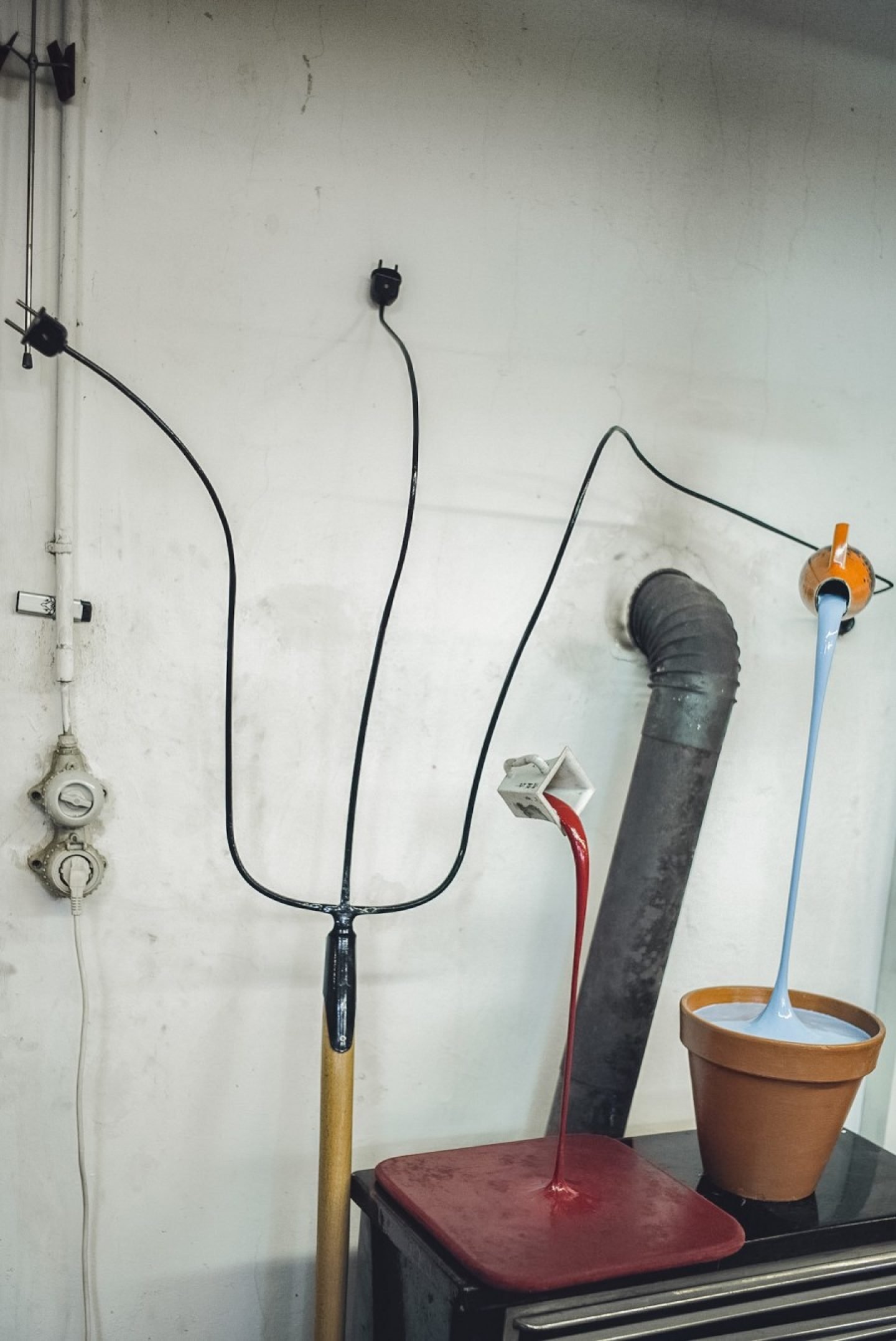
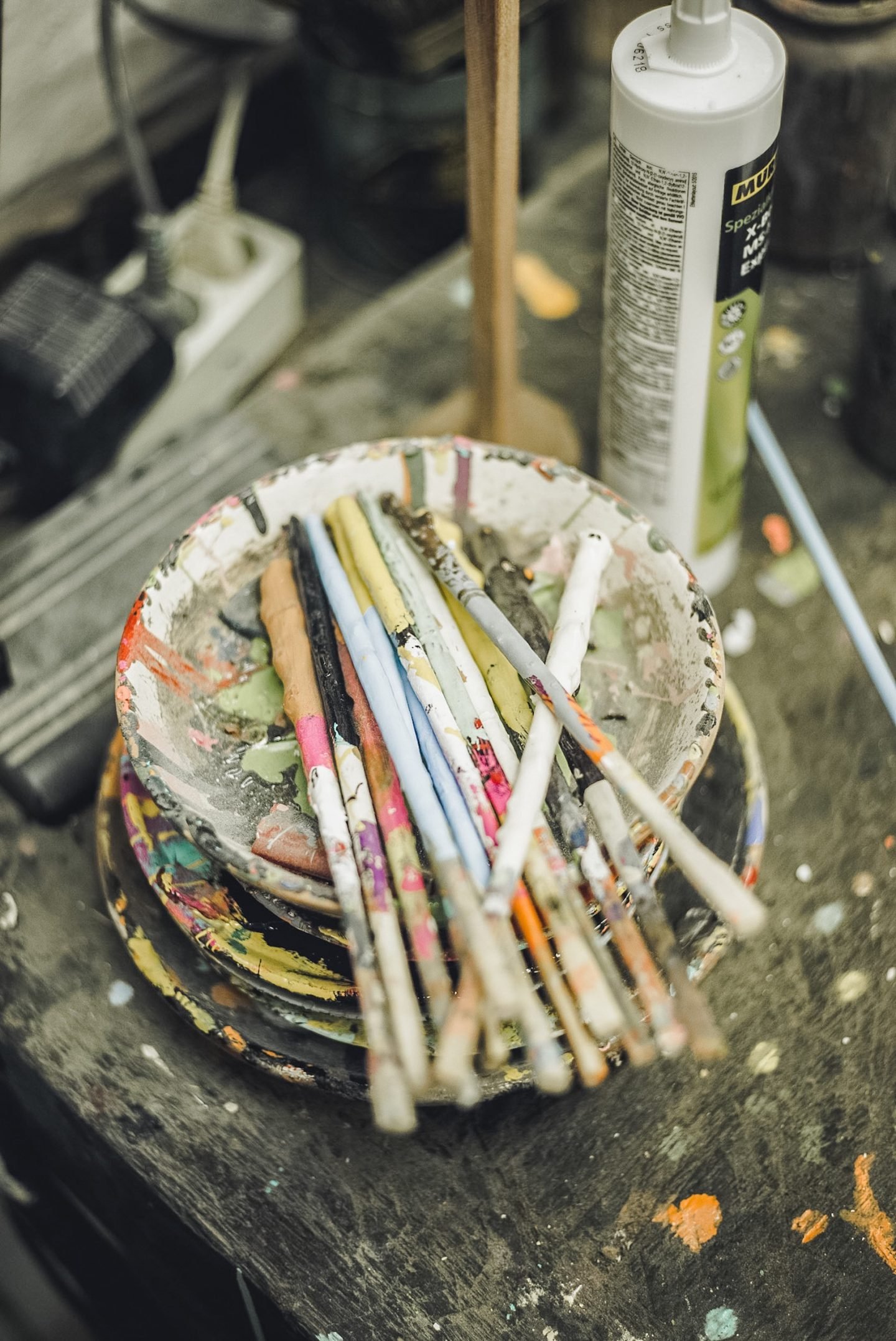
How did your formative years lead you to what you’re doing today?
I wanted to become a sculptor as a child and carved wooden heads at that time. Later, when I had to make a decision about what training I would like to do, I decided to go to a school for wood and stone sculpture. The foundation stone was laid for my work. Afterwards, I studied sculpture in Vienna and Berlin and then moved into a studio in Vienna.
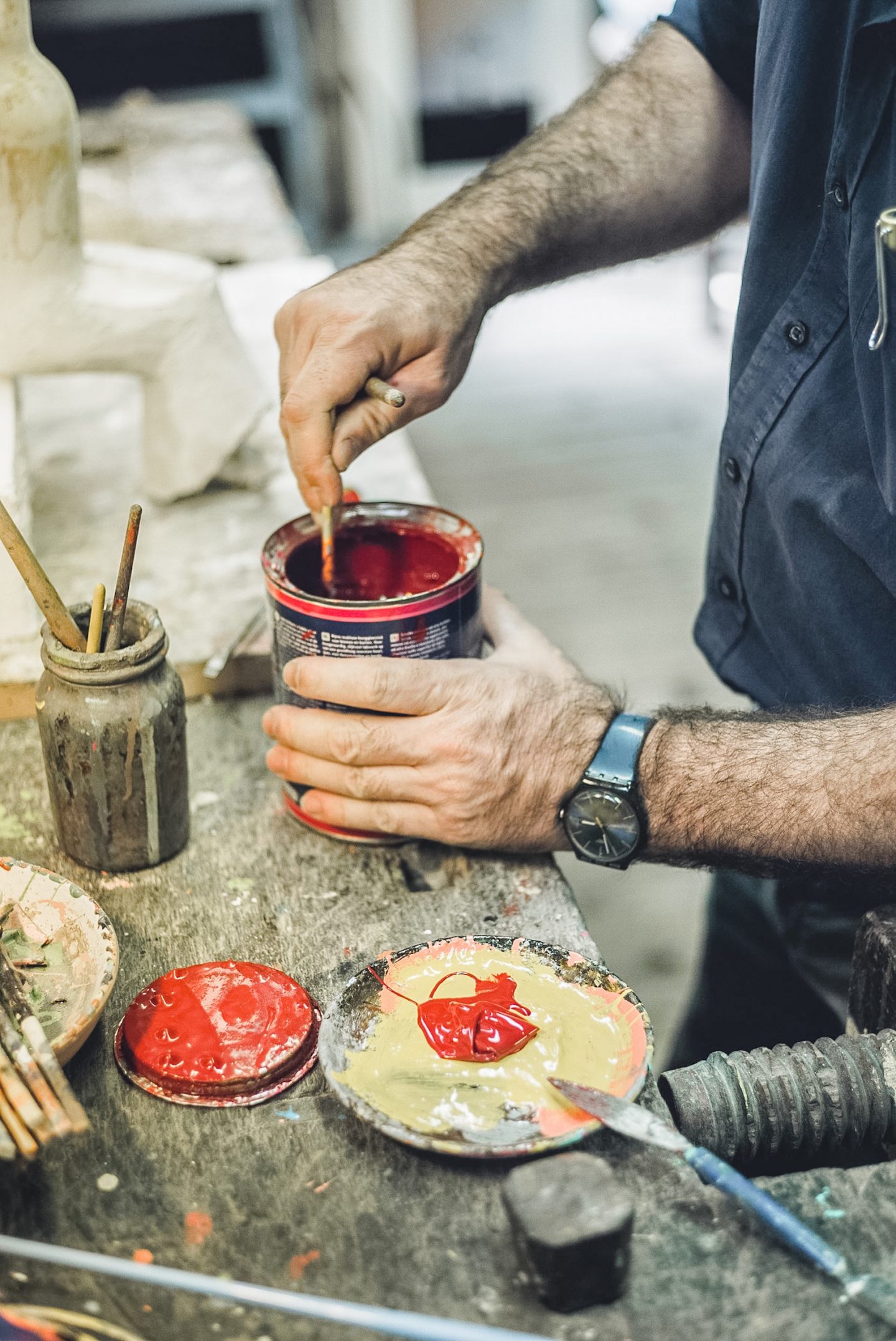

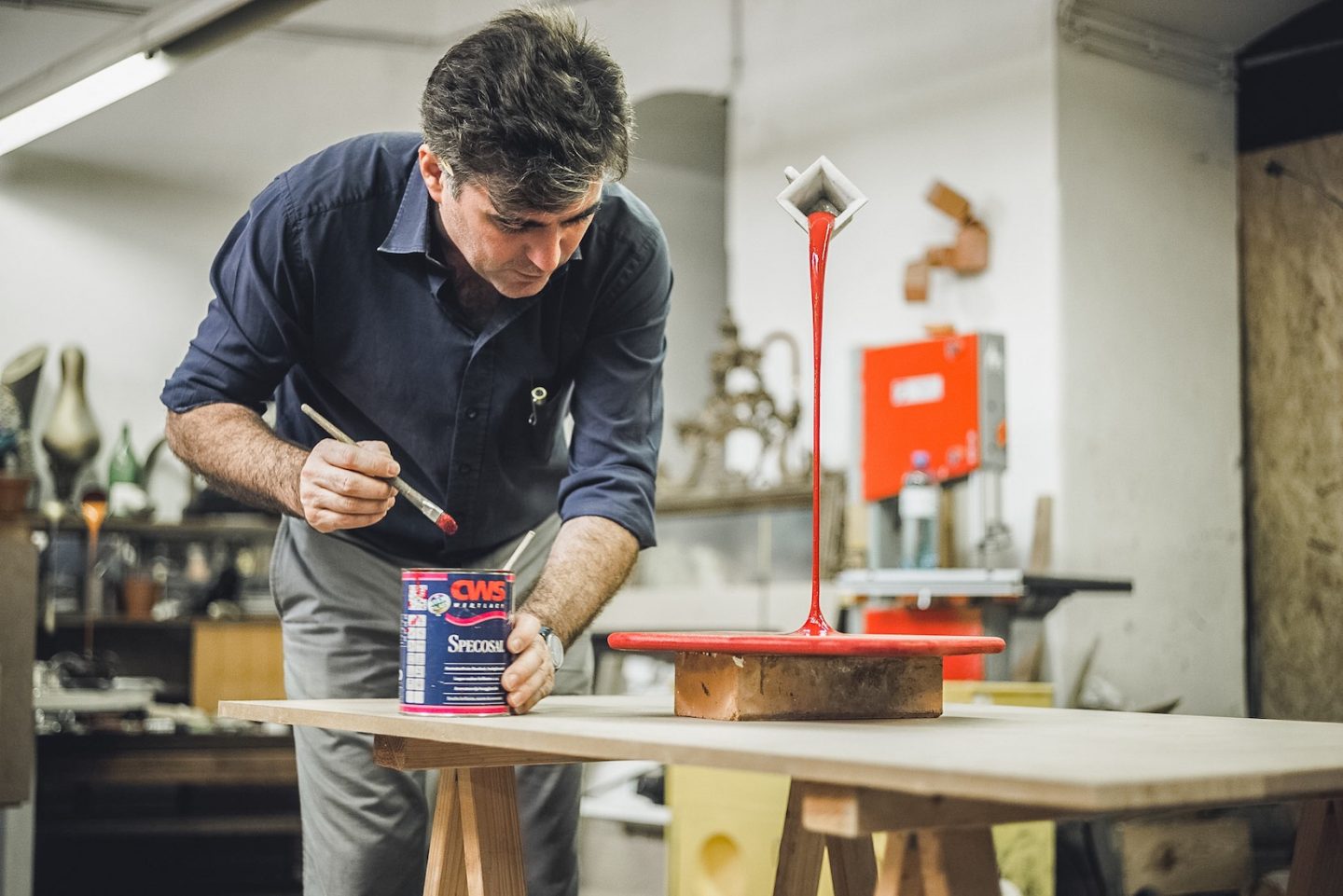
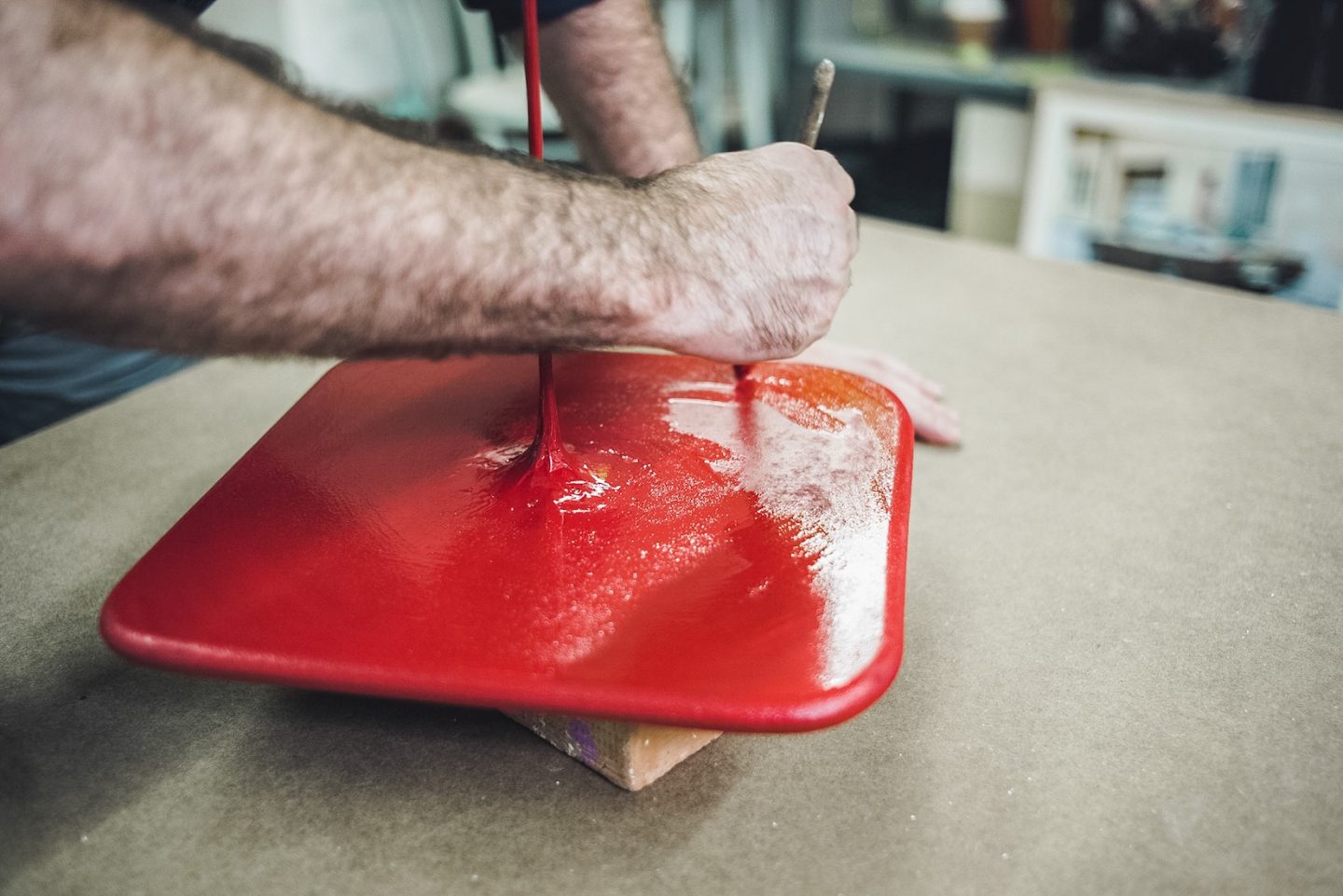
Can you tell us about a project you’re currently working on?
There are always several projects and tasks at the same time. At the moment I am very busy with a new book. It is called Herbarium Sculpturale and is intended to provide an insight into a series of works consisting of objects that are a mixture of flowers, plants and sculptures.
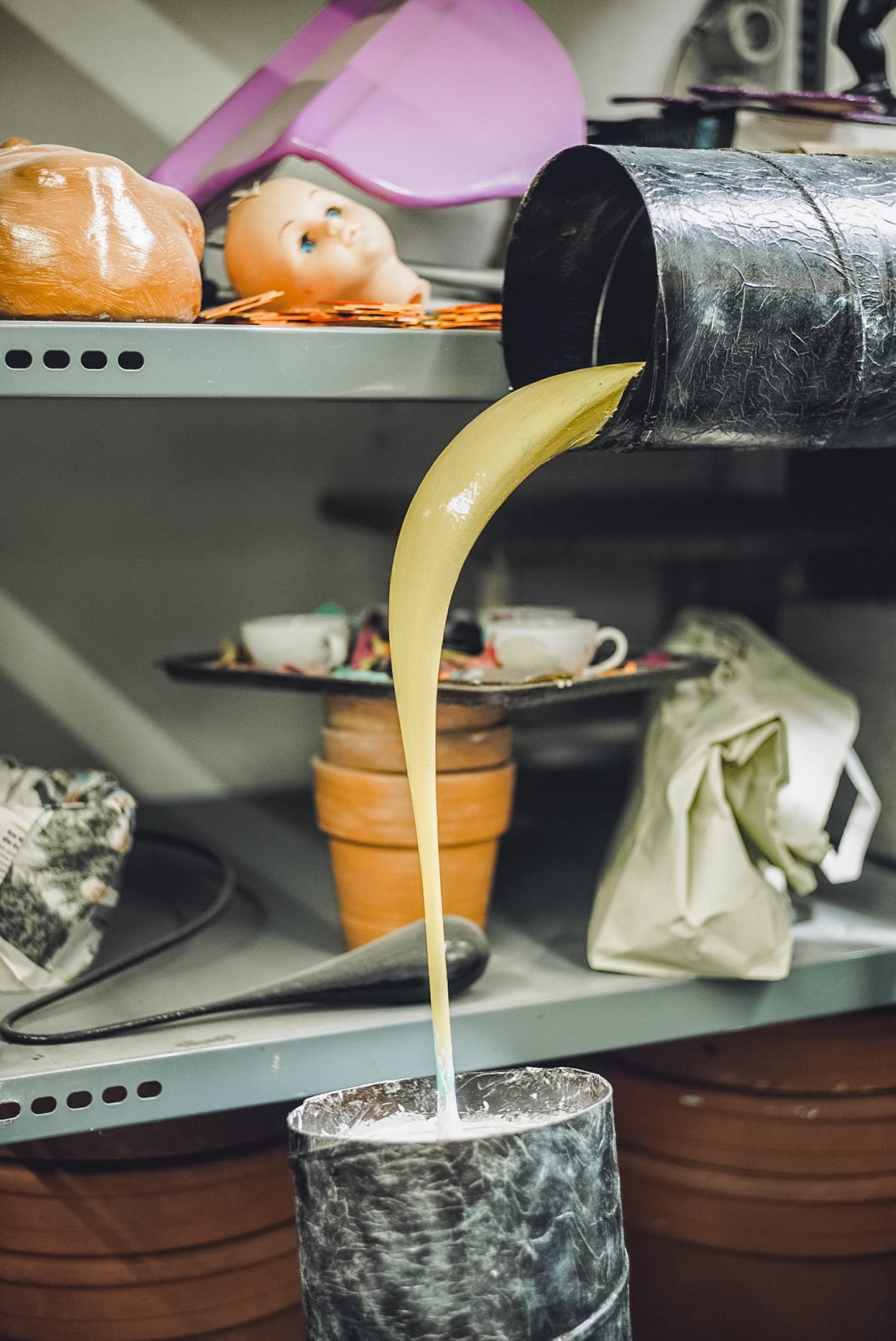
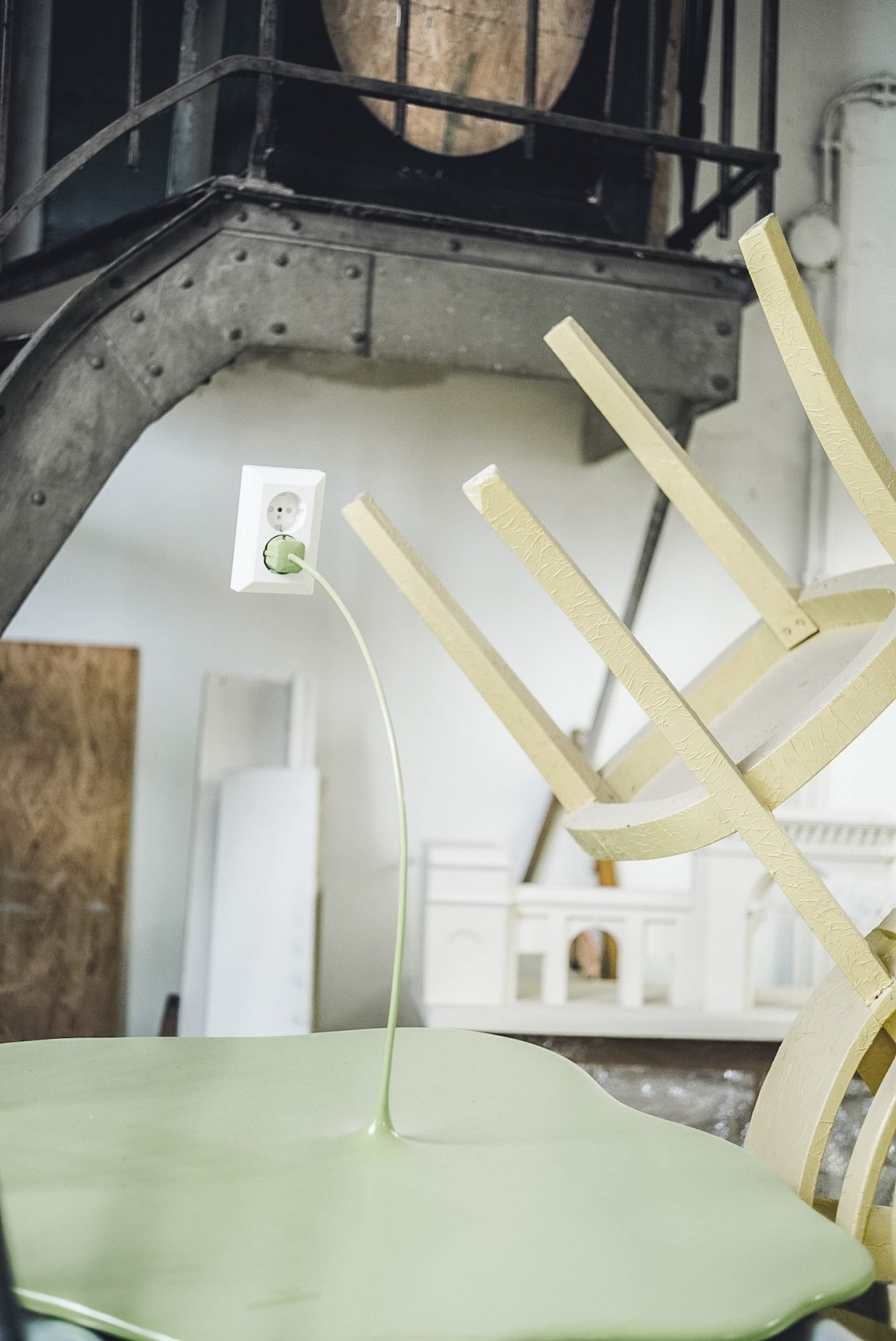
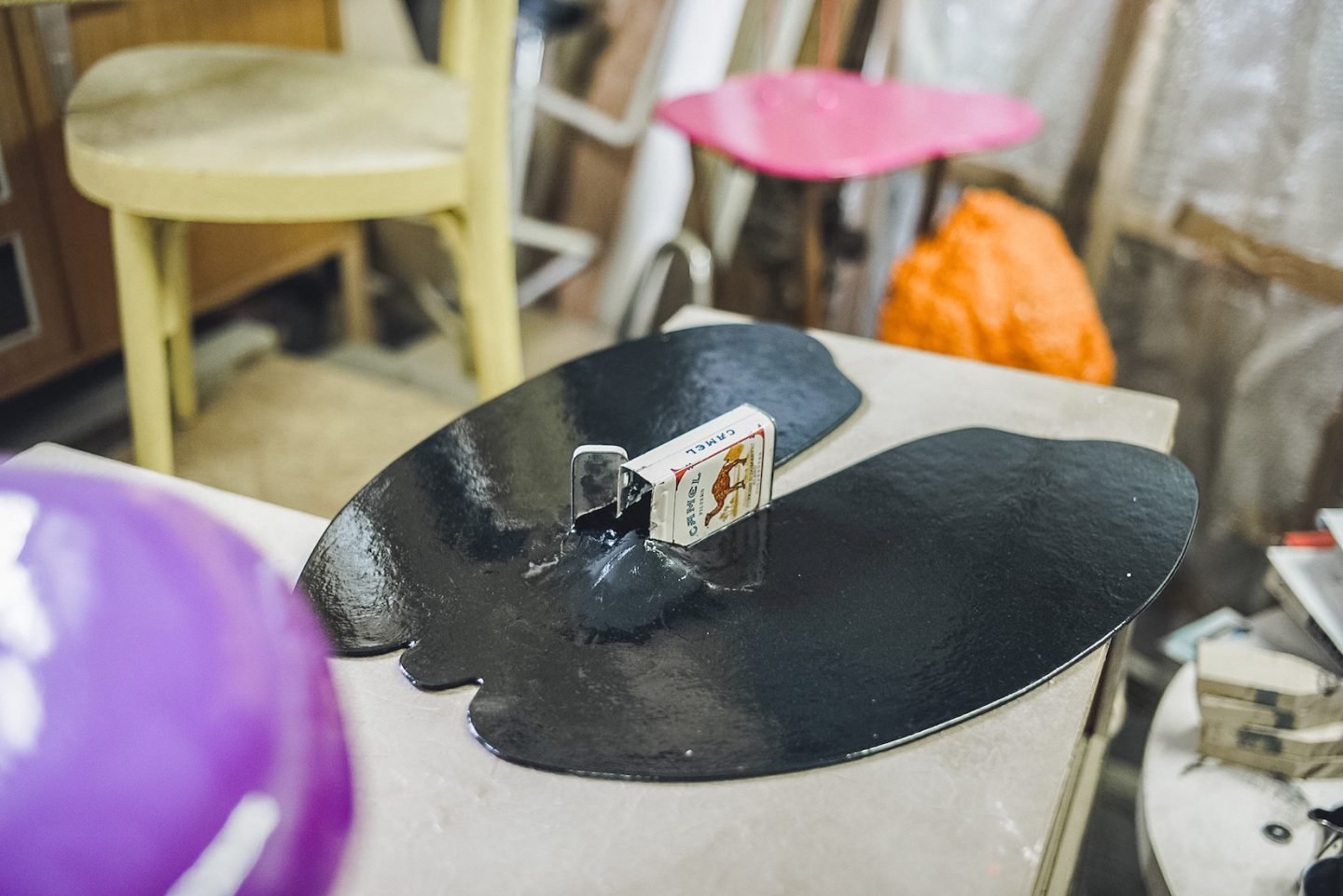
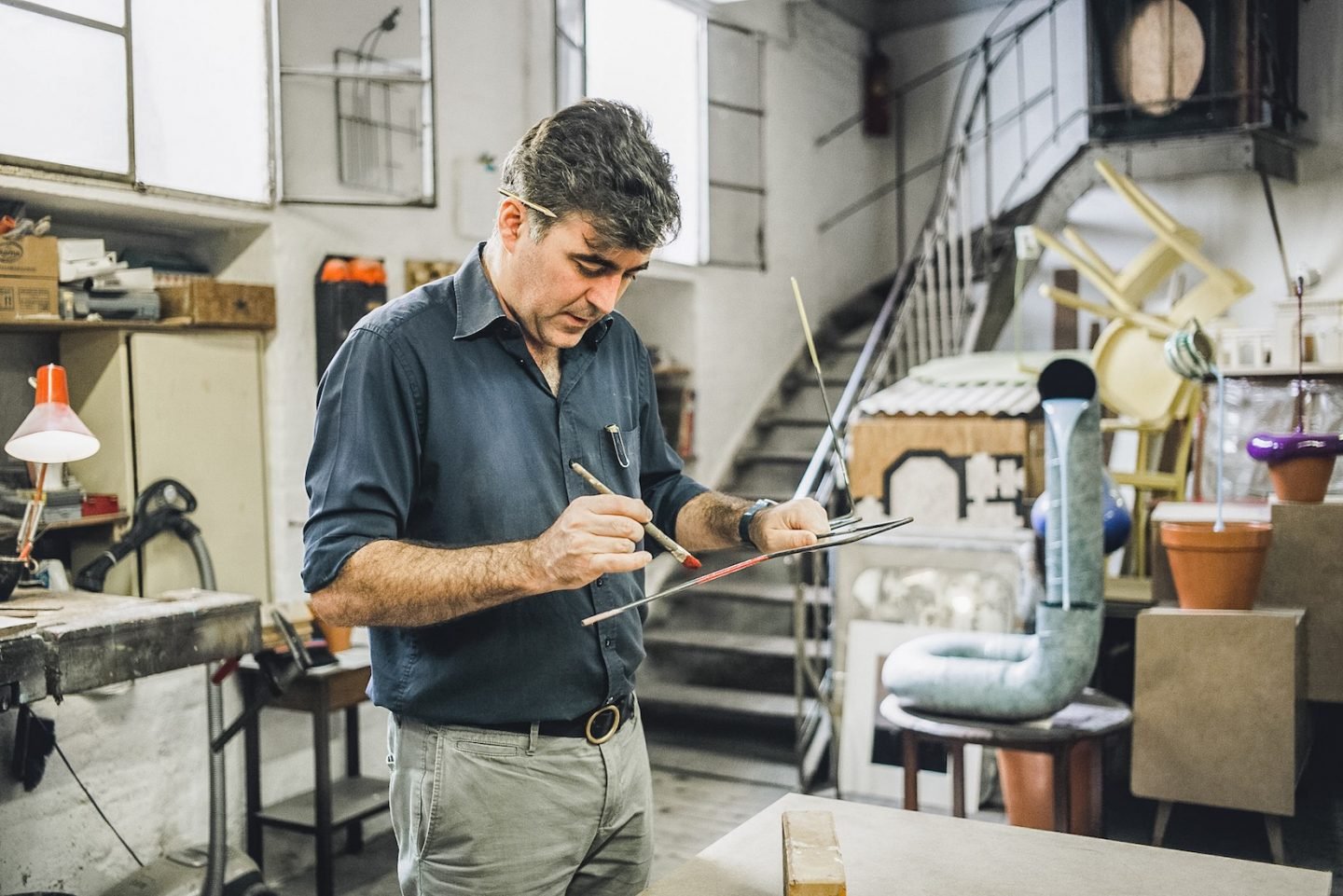
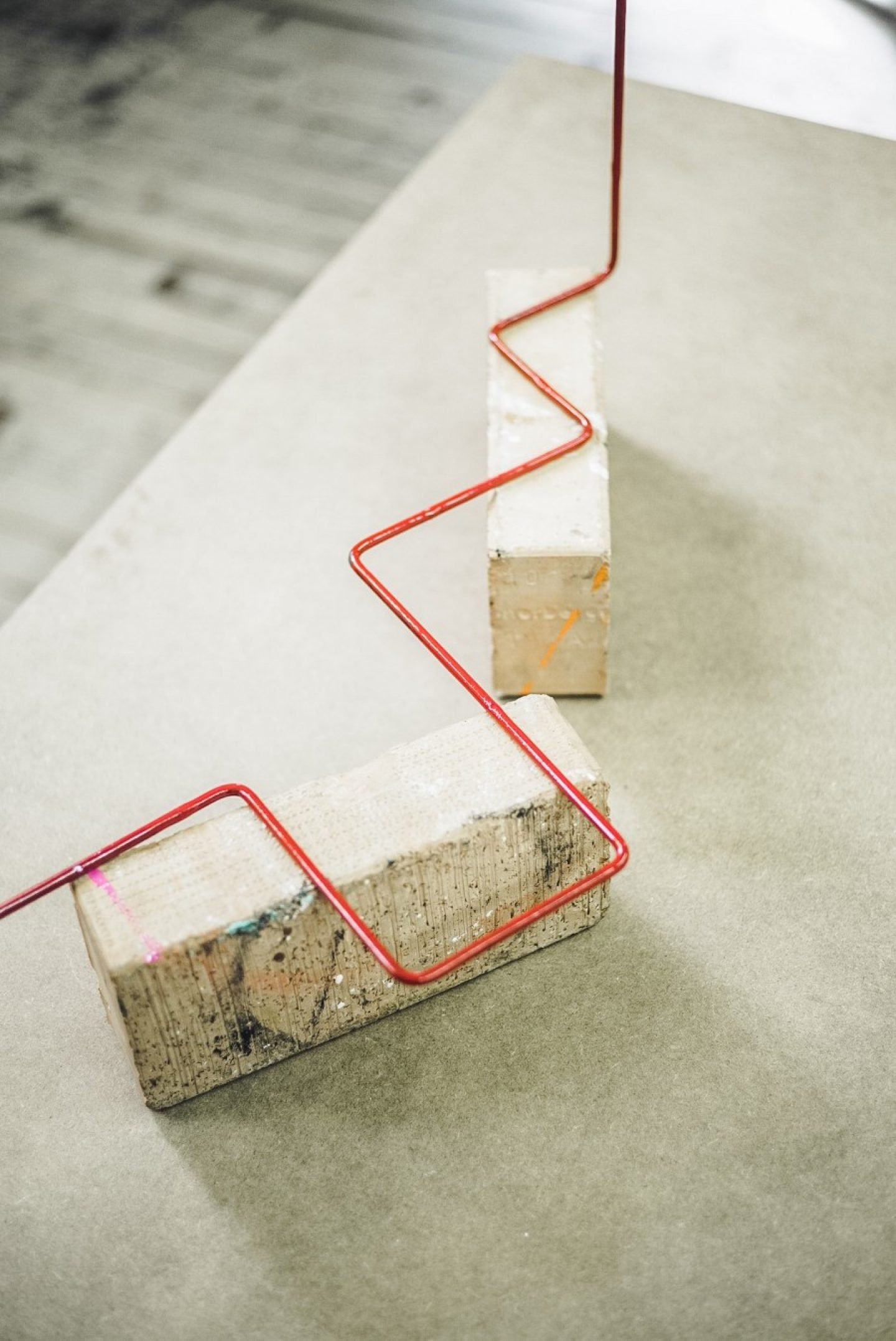
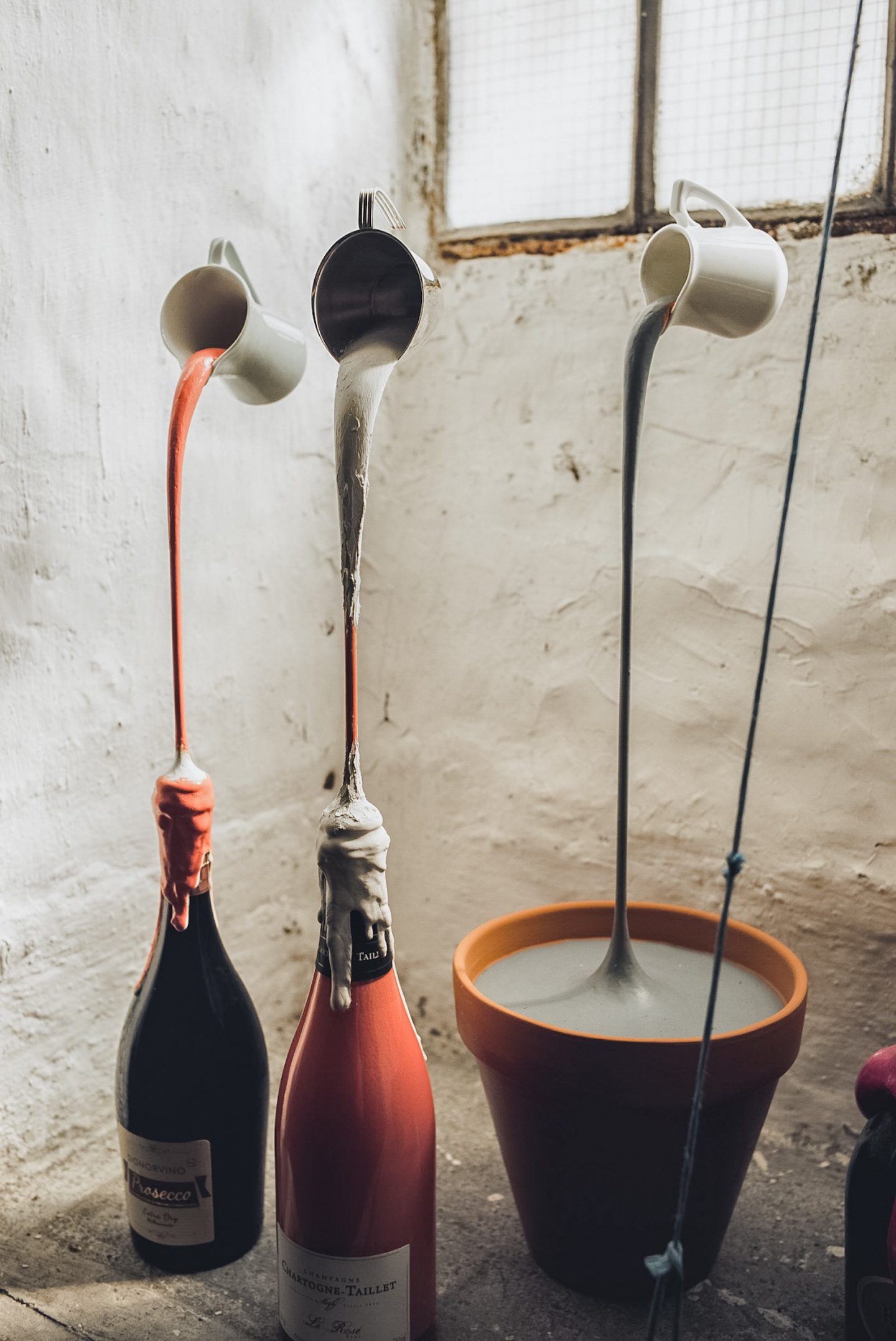
Your works are often laced with humour. What’s your stance on the notion that the art world can sometimes take itself a little too seriously?
In the course of my occupation, I have met many great people from the world of art. And all of these people are very different and also approach the matter differently. I appreciate it if people take their tasks seriously, but if they do not look left and right and want to put their ideas into consideration without others, I do not like that so much. But I also think that a career lasts a lifetime, and that much that is initially very high, also disappears again. From this point of view, some things are self-regulating.
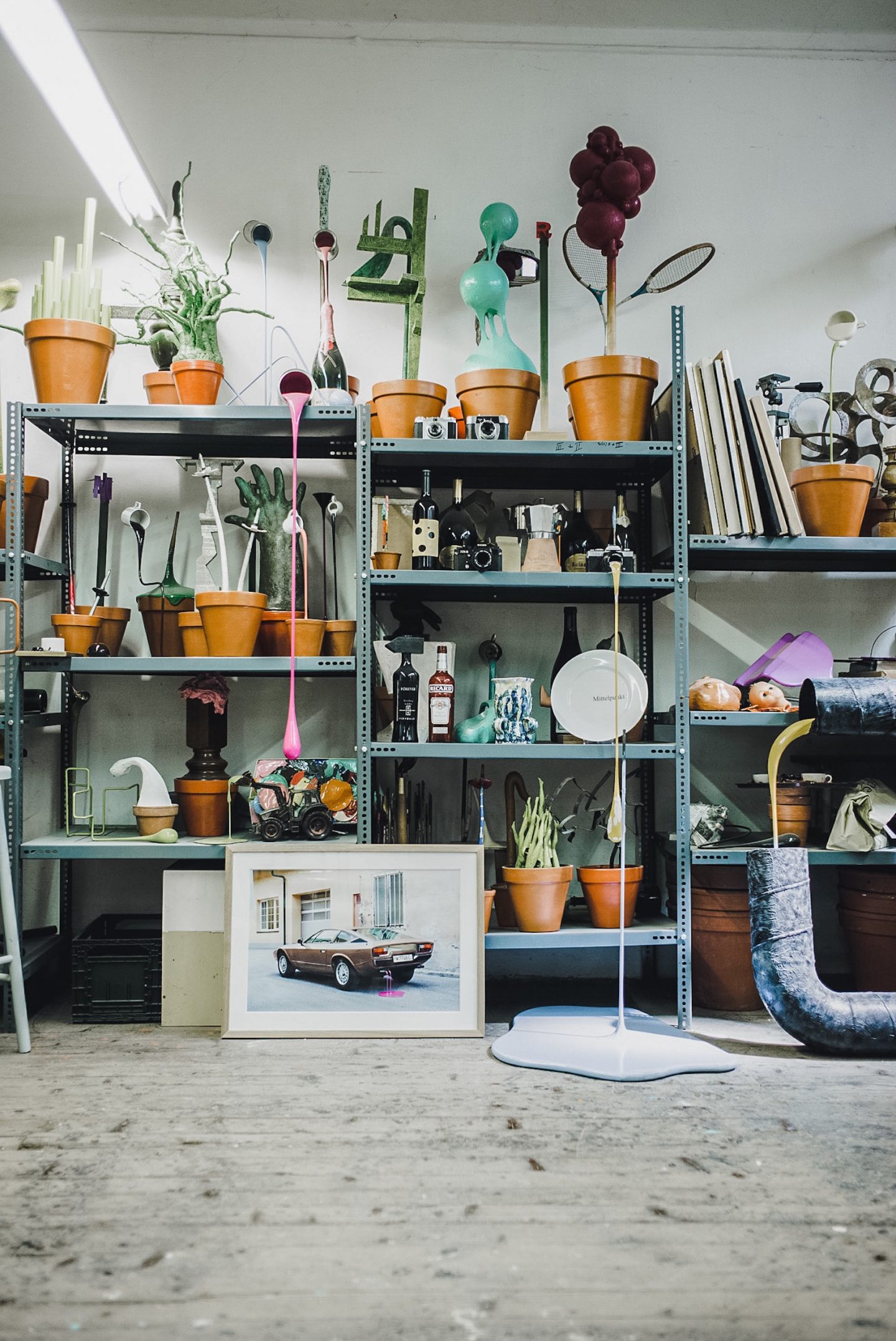
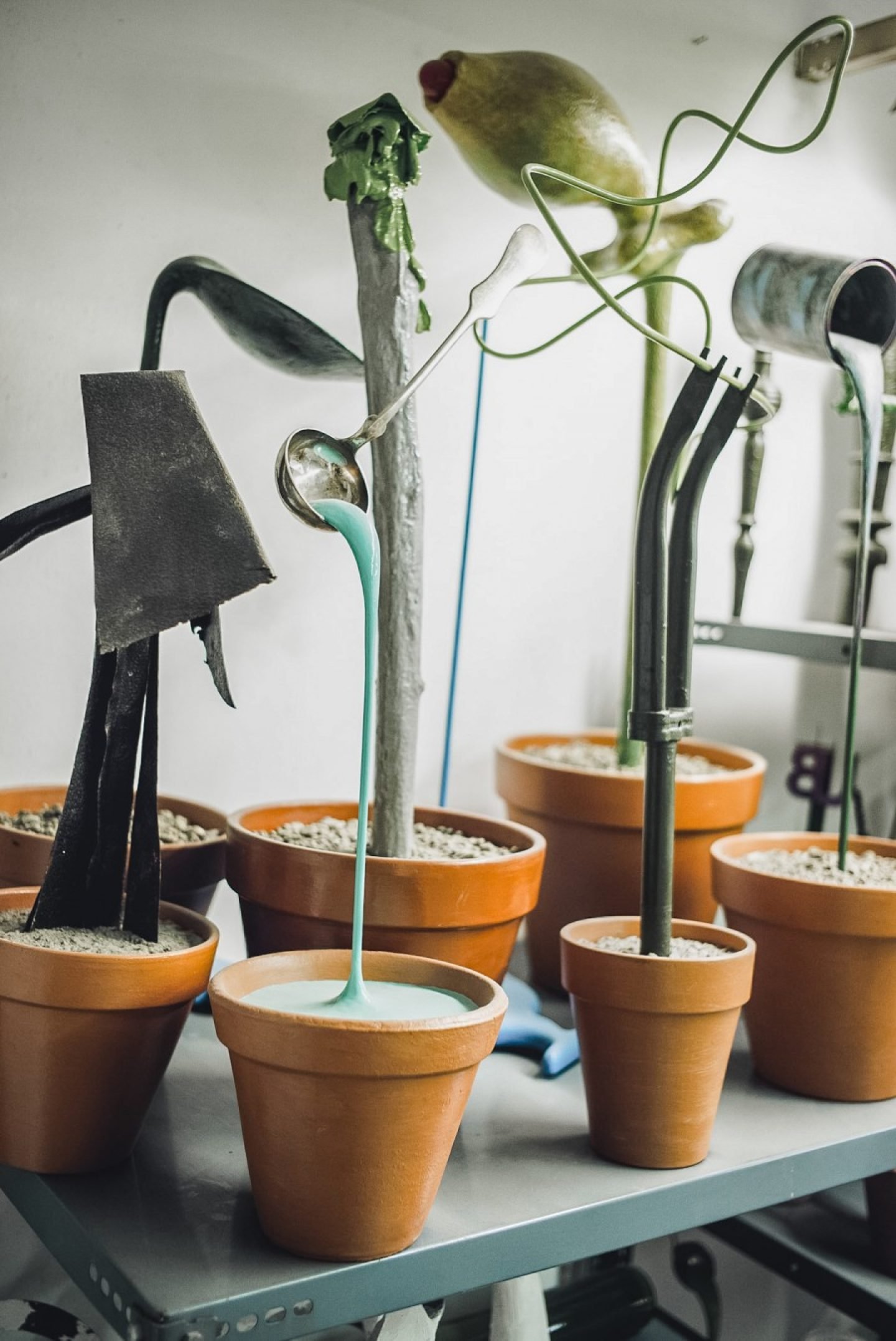
There’s a bit of buzz surrounding the creative scene in Vienna at the moment. How would you describe the current energy amongst your artistic counterparts, and in which direction do you see the scene evolving in?
Apart from the fact that Vienna is a very pleasant and beautiful city. It has the advantage that it is somehow the cultural tradition to be interested in art and culture. It is quite normal to go to the theater and the opera, to look at exhibitions and to have an opinion.I think that Vienna is a very ideal city to start as an artist. And many people, even young ones, also buy one or the other work of art. This also often has a tradition and goes from parents to their children. I mention this because it is so important for young artists to get support in the beginning. I think that Vienna is a very ideal city to start as an artist. The energy is really good and there is a lot to see and to experience, at the same time studios and apartments are affordable and the support is there. I mean it is currently one of the best cities in Europe, but of course that is a very personal view.
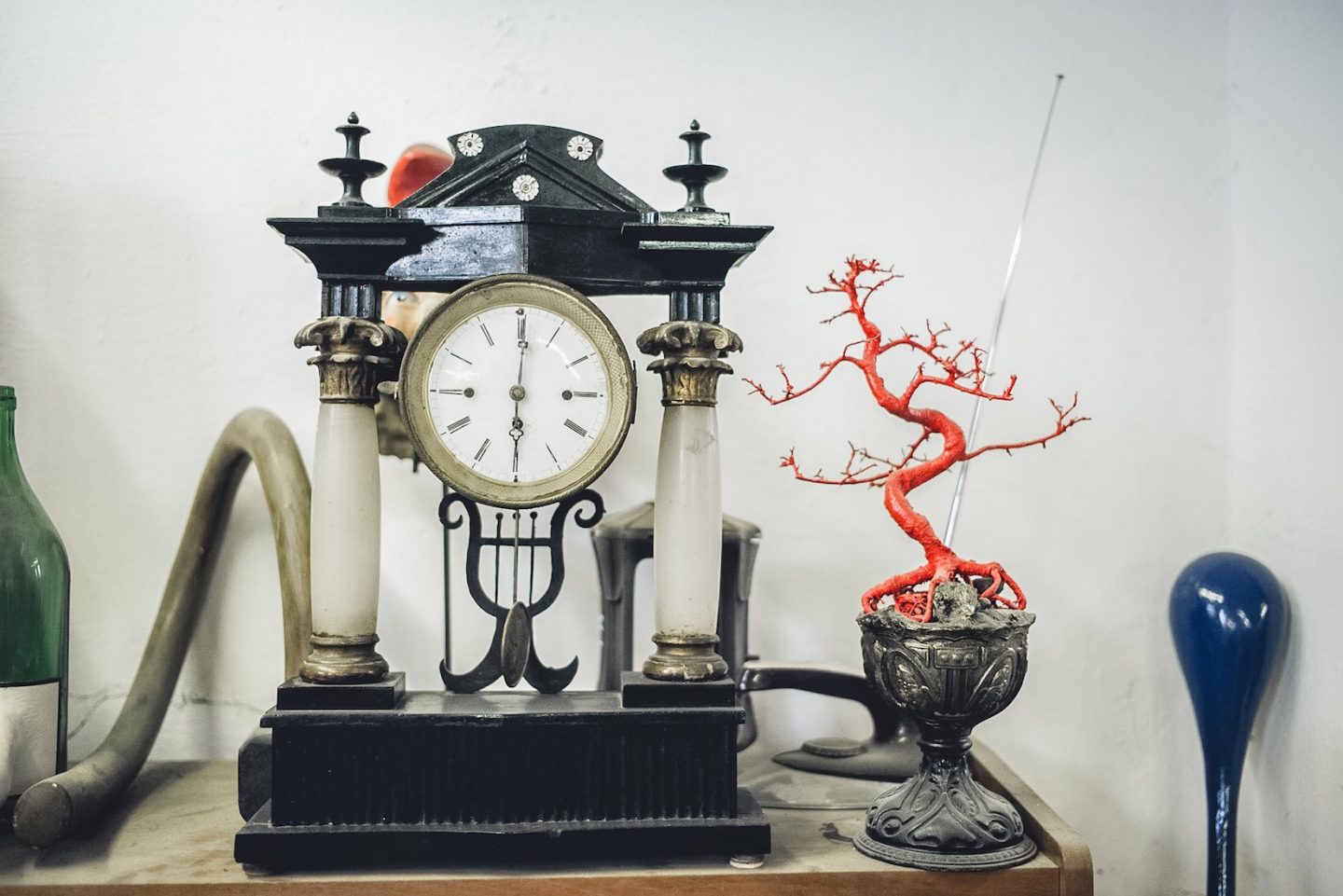
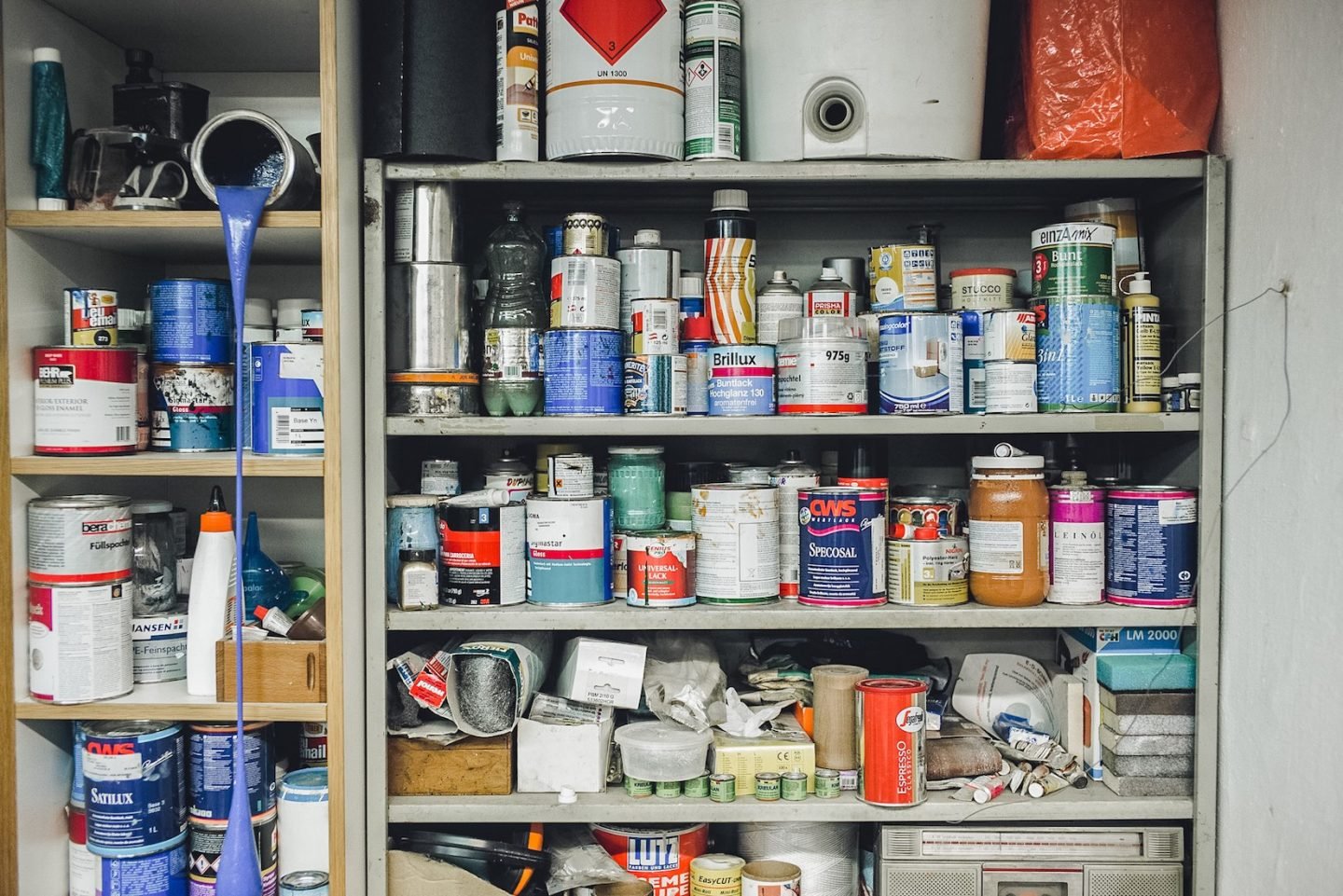
What piece of advice do you wish you’d hear when you were first starting out as an artist?
I would like to turn the question around and give no advice. I can only say so much, if I had listened to every advice and taken the fears of my environment seriously, I would not be an artist now.
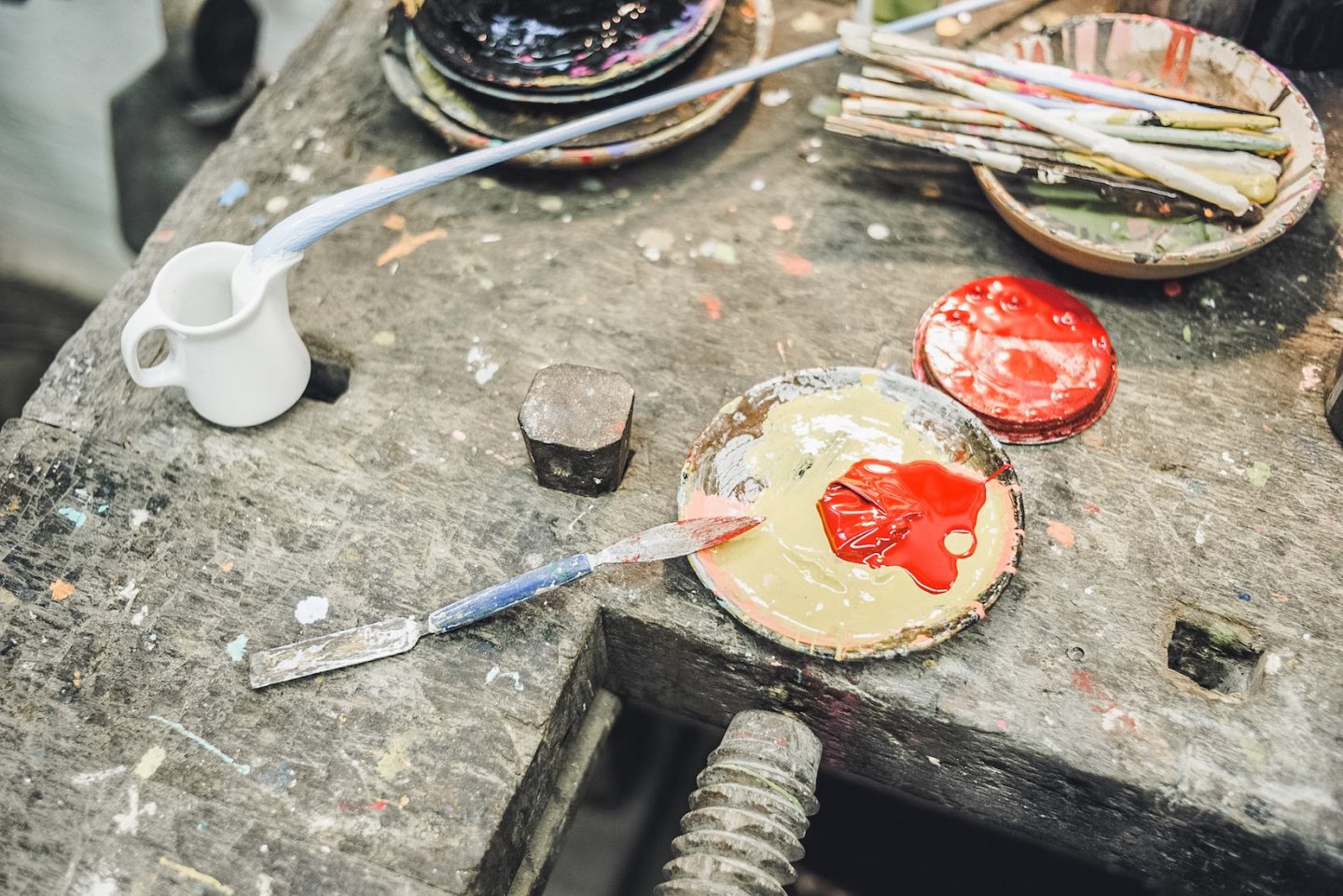
This interview was edited and condensed by Clara Renner.
All images © Andreas Jakwerth, created exclusively for iGNANT.
